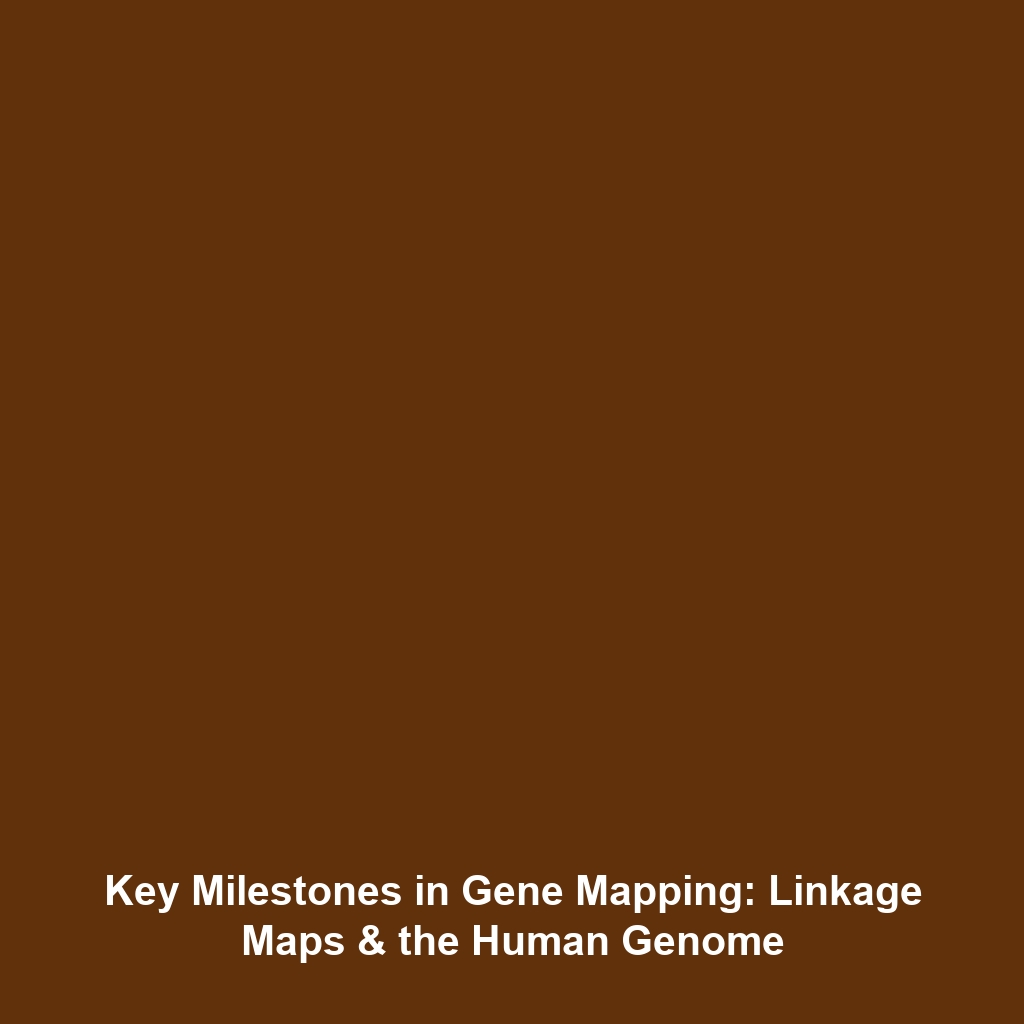Participating Countries in the Human Genome Project
Introduction
The Human Genome Project (HGP) is a landmark scientific endeavor that aimed to map the entire human genome, and it involved an international collaboration of scientists from a variety of countries. This global participation highlighted the project’s significance and showcased the importance of worldwide cooperation in advancing genomics. Key players included the United States, United Kingdom, France, Germany, Japan, and China, each contributing unique resources and expertise to the initiative. Understanding the role of these participating countries is vital as it reflects not only the collaborative spirit of the HGP but also its lasting impact on science.
Key Concepts
Global Collaboration
The HGP was characterized by a spirit of international collaboration. Each participating country brought different strengths:
- United States: Led the project with significant funding and technological advancements.
- United Kingdom: Contributed through the Wellcome Trust Sanger Institute.
- France: Focused on genetic mapping and bioinformatics.
- Germany: Provided expertise in large-scale genetic sequencing.
- Japan: Engaged in sequencing efforts and technology development.
- China: Emerged as a strong participant in later years with significant contributions to genome sequencing.
Scientific Principles
The HGP adhered to several core scientific principles, including:
- Data Sharing: Open-access data for global research and collaboration.
- Ethical Guidelines: Ensuring ethical standards in research and patient privacy.
- Interdisciplinary Research: Integrating various scientific fields such as biology, computer science, and anthropology.
Applications and Real-World Uses
Understanding the contributions of participating countries in the HGP has led to numerous real-world applications:
- Personalized Medicine: Tailoring medical treatments to individual genetic profiles based on research from HGP.
- Genetic Disorders: Improved diagnosis and treatments for hereditary illnesses.
- Genomics and Biotechnology: Advancements in agriculture and pharmaceuticals influenced by international collaborations.
Current Challenges
Despite the success of the HGP, several challenges remain:
- Data Security: Protecting sensitive genetic information.
- Ethical Concerns: Navigating genetic data use and ownership issues.
- Technical Limitations: Addressing gaps in sequencing technologies and data analysis.
Future Research and Innovations
The legacy of the HGP continues to drive future innovations in genomics:
- Next-Generation Sequencing: Enhanced speed and accuracy in genome mapping.
- CRISPR technology: Revolutionizing gene editing capabilities.
- Global Genomic Initiatives: Countries collaborating on large-scale genomic studies to tackle worldwide health issues.
Conclusion
The contributions of participating countries, including the U.S., U.K., France, Germany, Japan, and China, were integral to the success of the Human Genome Project. Their collaborative efforts not only advanced our understanding of human genetics but also set the stage for future developments in personalized medicine and genomics. For those interested in further exploring this fascinating topic, consider reading more on genomics or the ethical issues surrounding genetic research.









